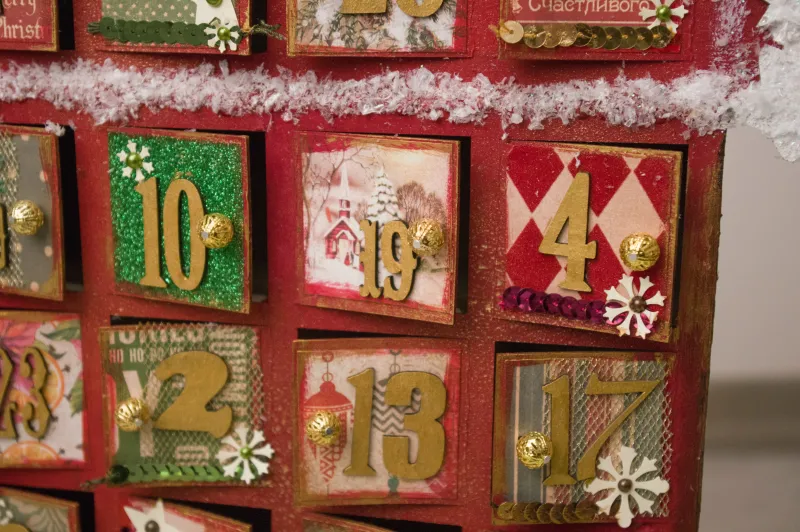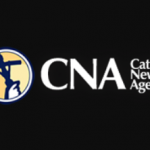
Denver, Colo., Nov 20, 2022 / 11:00 am (CNA).
It’s that time of year again! Time to decorate the Christmas tree, hang the stockings, and grab your favorite Advent calendar.
What exactly are Advent calendars, and how did they come about?
It is said that the Advent calendar was first used by German Lutherans in the 19th and 20th centuries and then spread to other Christian denominations. Gerhard Lang is credited with creating the first printed Advent calendar in the early 1900s. However, his company was forced to close during World War II.
By the late 1940s, Richard Sellmer took up mass production of Advent calendars. These calendars began to be imported to the U.S. in the 1950s, and his company continues to operate to this day. In 1958, the first chocolate Advent calendar was produced.
Advent calendars typically begin on Dec. 1 and end on Christmas Day. The secular world has picked up on these countdown calendars by using them to provide a small treat or gift on each day leading up to Christmas. However, Advent calendars can also be faith-based by offering a daily prayer or meditation as the world awaits the birth of Jesus.
The United States Conference of Catholic Bishops says Advent calendars “can help you fully enter into the season with daily activity and prayer suggestions to prepare you spiritually for the birth of Jesus Christ” and serve as a reminder of the true meaning of the season.
So, what are some of our favorite Advent calendars this year?
The Precious Moments Nativity Advent calendar offers a wonderful way to relive the Nativity story. Wooden boxes contain little figurines of the wise men, shepherds, farm animals, and, of course, the Holy Family that correlate to a short reading. This is a great way to bring the family together to join in reading part of the Nativity story as you place each figurine in the stable atop the calendar.
If you’re looking for something to get children more involved, Loyola Press has a printable Advent calendar that encourages children to perform an act of kindness each day during Advent. Some acts include: “I will be a peacemaker today in school and at home;” “I will be grateful and thank God today for all the food I have,” and “I will speak kindly to all I meet today.”
The EWTN Religious Catalog has several Advent calendars that retell the Nativity story. As you open each flap on the calendar, text from the Bible will tell the story of Jesus’ birth. Depending on the calendar you choose, you might even get to enjoy a sweet treat!
For adults looking to dive deeper into their faith this Advent season, consider Good Catholic’s Journey to Christmas led by Father Matthew Kauth. In this program, you will receive daily devotional emails, weekly guidance videos, written reflections, and more. This series can help you steer clear of the business of the season and remain focused on the true reason for the season.
If you prefer listening to daily meditations and prayers, Hallow will be doing its Advent #Pray25 challenge. Participants will meditate on passages from Scripture that led to the birth of Jesus. The daily reflections will focus on how God has called people throughout generations, from the Old Testament to the New Testament. This year’s challenge will be guided by the cast of “The Chosen,” which includes Jonathan Roumie, who plays Jesus; Elizabeth Tabish, who plays Mary Magdalene; George Xanthis, who plays John the Evangelist, and Dallas Jenkins, director and creator of the show, among others.
While it’s easy to get caught up in the hustle and bustle of the holiday season, remember that Jesus’ presence is the only true present that matters this Christmas.
If you value the news and views Catholic World Report provides, please consider donating to support our efforts. Your contribution will help us continue to make CWR available to all readers worldwide for free, without a subscription. Thank you for your generosity!
Click here for more information on donating to CWR. Click here to sign up for our newsletter.




Leave a Reply